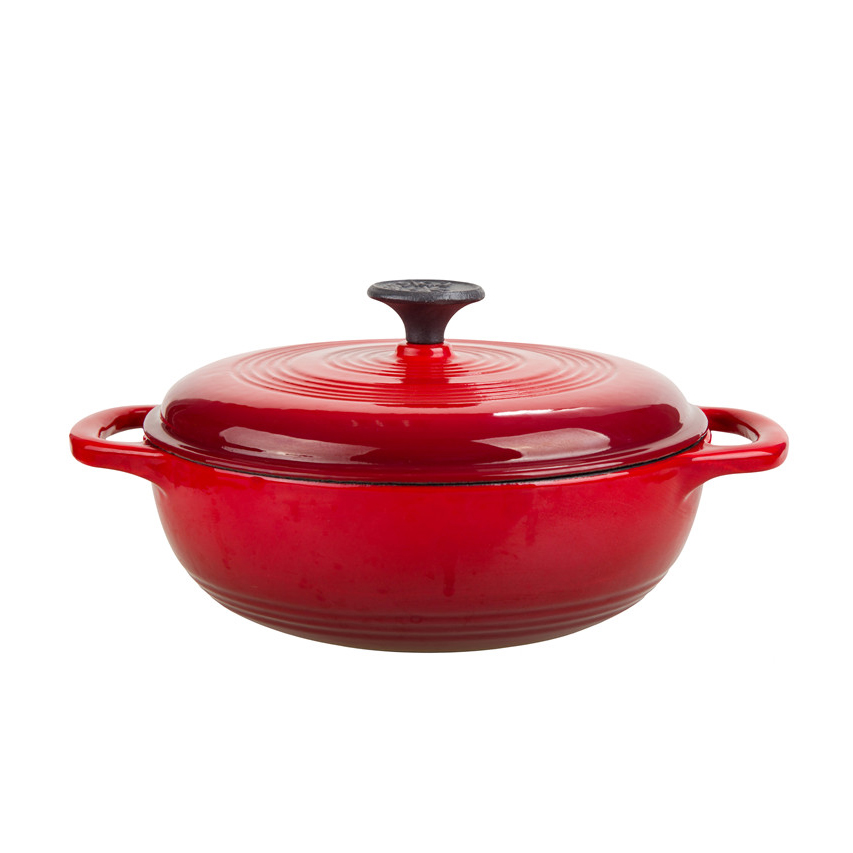- 150m Southwards, West DingWei Road, Nanlou Village, Changan Town, GaoCheng Area, Shijiazhuang, HeBei, China
- monica@foundryasia.com
Nov . 27, 2024 17:47 Back to list
Effective Steel Wool for Cleaning Cast Iron Skillets and Cookware Maintenance
The Versatile Wonder of Steel Wool Caring for Your Cast Iron Skillet
A cast iron skillet is a beloved kitchen tool revered for its excellent heat retention, even cooking, and signature non-stick surface that improves with use. However, like any kitchen essential, it requires care and maintenance to ensure its longevity. One often-overlooked yet effective tool for maintaining the beauty and functionality of cast iron is steel wool.
Understanding Cast Iron and Its Maintenance
Cast iron skillets are made from molten iron poured into molds, making them durable and capable of withstanding high temperatures. They require seasoning, a process that involves coating the skillet with a layer of fat and heating it, creating a natural non-stick surface. Over time, however, the seasoning can wear down due to frequent cooking, improper cleaning, or the accumulation of food residues.
To maintain the cooking performance and aesthetic of a cast iron skillet, regular cleaning and seasoning are essential. This is where steel wool can play a significant role.
The Role of Steel Wool in Cast Iron Care
Steel wool is an abrasive cleaning tool that can effectively tackle tough residues, stubborn burnt-on food, and rust. However, it’s important to use it judiciously and follow a few best practices to avoid damaging the skillet’s seasoning.
1. Deep Cleaning After numerous uses, cast iron skillets can accumulate carbonized food particles or rust. Using fine-grade steel wool can help remove these stubborn blemishes without the need for harsh chemicals. Simply dampen the steel wool and scrub gently over the affected areas; this will lift away debris and restore the skillet’s surface.
steel wool cast iron skillet product

2. Removing Rust If your cast iron skillet has developed rust, steel wool is highly effective at addressing the issue. Scrub the rusted areas until you see bare metal. Afterward, it’s crucial to re-season the skillet by applying a thin layer of cooking oil and baking it in the oven. This will restore the protective finish and help prevent future rust.
3. Re-seasoning After thorough cleaning with steel wool, the skillet may need re-seasoning. To do this, preheat your oven to a high temperature, apply a thin layer of vegetable oil or flaxseed oil to the skillet, and bake it upside down to allow excess oil to drip off. This process not only enhances the seasoning but also helps to create a smooth, non-stick surface.
Best Practices for Using Steel Wool
While steel wool is a valuable asset in your cast iron maintenance toolkit, it’s important to use it correctly
- Choose the Right Grade Opt for fine-grade steel wool (grade 0000) for light scrubbing and cleaning without damaging the skillet's interior. Coarser grades can strip off the protective seasoning entirely. - Be Gentle Avoid aggressive scrubbing. Approach the skillet delicately; a gentle touch is often enough to lift away dirt and food residues.
- Follow Up with Oil After using steel wool, remember to apply a thin layer of oil to protect the skillet. This will also help restore any seasoning that may have been lost during the cleaning process.
Conclusion
Steel wool is an indispensable tool for cast iron skillet maintenance, offering a way to preserve the functionality and appearance of your beloved cookware. By employing the correct techniques and practicing regular care, you can enjoy the many benefits of cooking with cast iron for years to come. So, embrace the steel wool, and keep your skillet in pristine condition, ready to tackle any culinary challenge!
-
Best Cast Iron Frying Pan for Induction Cooktop – Durable & Non-Stick Skillet Supplier
NewsJul.08,2025
-
Best Cast Iron Skillet Quality High Performance Cookware for Grill, Pizza, & Stir-Fry
NewsJul.08,2025
-
Premium Cast Iron Pan Set – Durable, Nonstick & Versatile Cookware for All Kitchens
NewsJul.08,2025
-
Blue Cast Iron Dutch Oven – Premium Enamel Cookware for Kitchen & Baking
NewsJul.07,2025
-
Best Enamel Dutch Oven for Bread - White Enamel Cast Iron Dutch Oven Service & Pricelist
NewsJul.07,2025
-
3.5 Qt Enameled Cast Iron Dutch Oven – Durable, Versatile & Stylish Cookware for Every Kitchen
NewsJul.07,2025